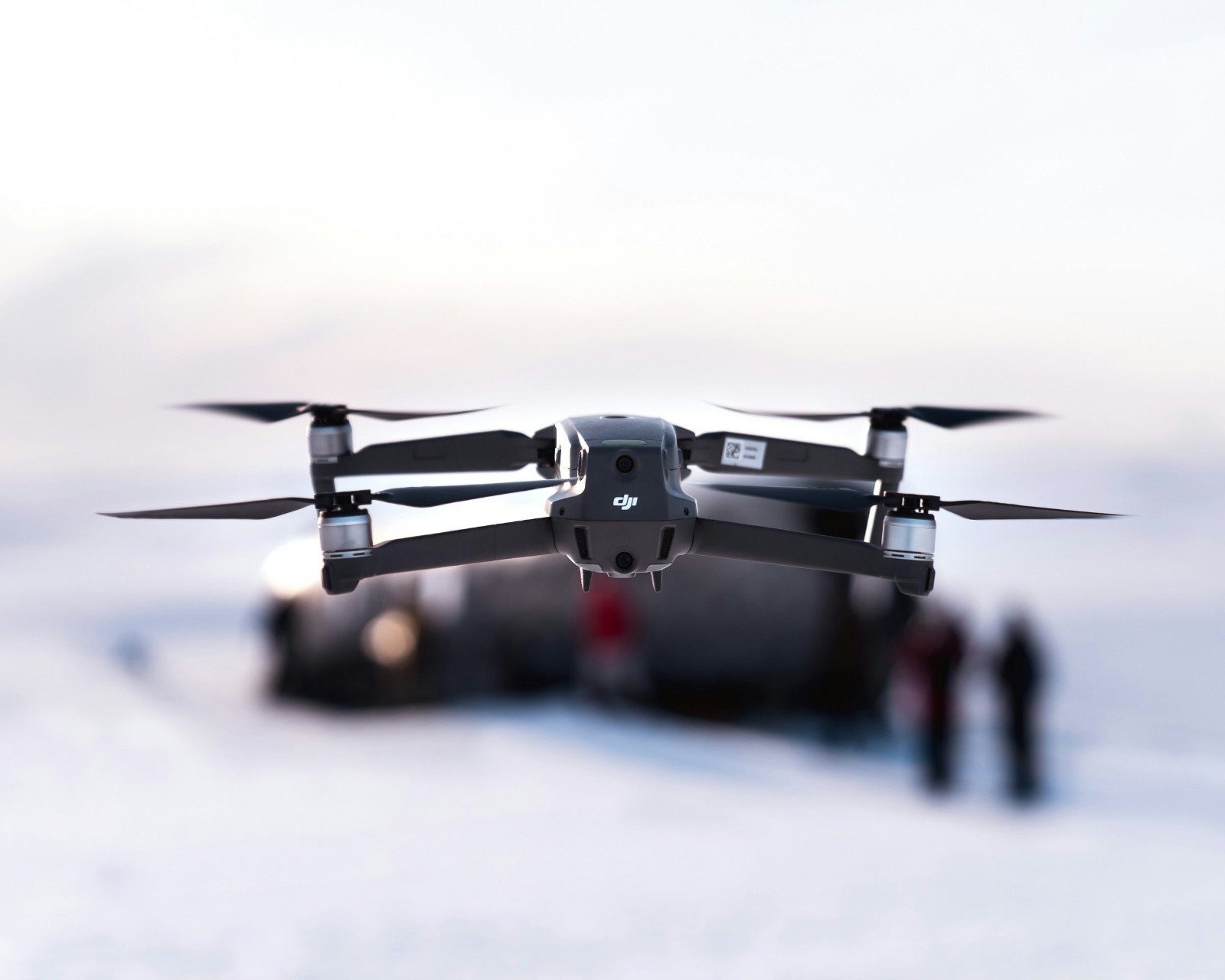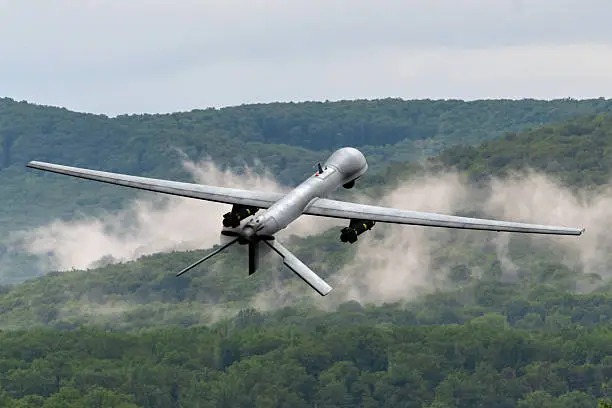Drones have slowly moved from being fun little gadgets to serious tools with big responsibilities. Not too long ago, most people thought of drones as small flying cameras used for taking cool vacation videos or kids’ toys buzzing around in the park. But today, they are powerful machines with life-changing uses. Recently, the latest US drone flight trial caught the attention of many people—including aviation experts, tech lovers, and even regular folks who follow what’s next in flying machines. The idea of a drone staying in the air for three full days almost sounds like science fiction, b
ut now it’s edging closer to reality.
Why This Trial Matters
The trial wasn’t just another test to check how long a drone can fly. It was about pushing the limits of endurance, energy use, and safety. A drone that can stay in the air for days opens up countless possibilities—from helping farmers monitor vast fields to supporting rescue teams during natural disasters. Imagine being able to surveil a wildfire, flood, or earthquake site without sending humans into harm’s way. That’s the kind of real-world benefit this achievement brings.
And of course, the defense industry is always watching closely when drones show such potential. Long-flight drones could cover larger areas, track activity without refueling, and reduce risks for pilots. What started as a simple endurance trial may eventually reshape how countries approach surveillance and reconnaissance.
A Small Step That Feels Huge
People might say, “So a drone flew a bit longer. Big deal.” But this is actually a massive achievement. Consider how much energy even smartphones need just to stay powered. Now imagine a flying machine airborne for three consecutive days—powered solely by solar energy, running autonomously, and withstanding weather changes. That means cutting-edge battery storage, advanced materials, and highly intelligent software all working in harmony.
This trial reflects major strides in solar technology and lightweight composites. Every extra hour spent in the sky underscores how quickly drone tech is advancing.
Real-World Uses
This test isn’t just about proving what’s possible—it’s about how we can use it:
- Agriculture: Farmers could deploy such drones to monitor soil moisture, spot crop diseases early, or manage irrigation without putting manpower on the ground for hours.
- Emergency Response: A drone like Skydweller could be sent into dangerous zones—such as collapsed buildings, wildfire areas, or remote disaster sites—offering continuous observation without human risk.
- Commercial Delivery: Companies like Amazon are surely watching developments like these. Longer flight times open doors to broader delivery zones, faster shipping, and fewer interruptions.
For those who track such developments, the drone technology news sections are full of trials like this, each one inching us closer to drones becoming integral to everyday life.
A Mix of Excitement and Caution
While excitement is real, concerns remain. Longer flights raise questions about air traffic safety, privacy, and what happens if a drone malfunctions mid-air. Airspace is already crowded with planes, helicopters, and other drones—adding long-endurance systems creates new challenges for regulators.
Privacy is a pressing issue, too. A drone flying for days over populated areas could easily record people without their knowledge. Strong safety protocols and airspace governance are essential before these systems become widespread.
Looking Ahead
Despite concerns, the future is clear: drones are evolving from short-term flier experiments to long-term workplace tools. They are reshaping fields like agriculture, construction, film, and disaster response. Future applications may include delivering medical supplies to remote areas, monitoring wildlife in conservation zones, or even aiding space-related missions.
Trials like Skydweller are not just about beating flight records—they’re about opening new doors. They show the promise of turning human creativity and engineering into near-real magic.
Wrapping It Up
The latest US drone flight trial highlights how far the technology has come in a short time. Drones are no longer just weekend toys or expensive military tools—they’re on track to become everyday helpers in agriculture, logistics, rescue missions, and more. This trial is just one chapter in a larger story where flying machines may soon feel as common as cars on the road.
If you want to dive deeper into the broader picture of aviation and UAVs, don’t miss the drone technology news updates at aeronaut.media.






























